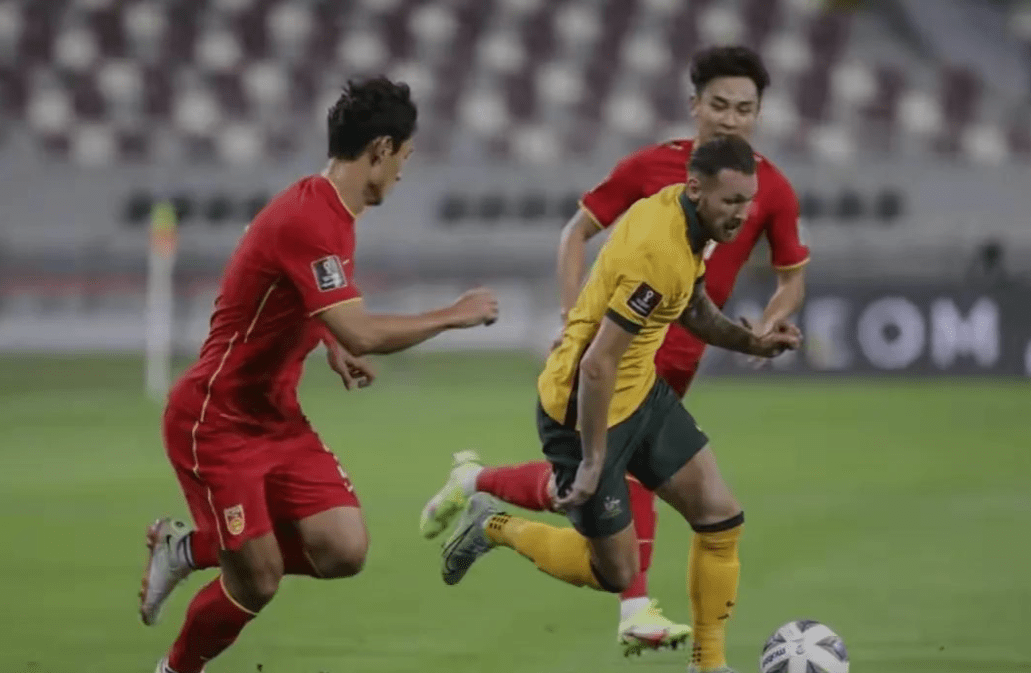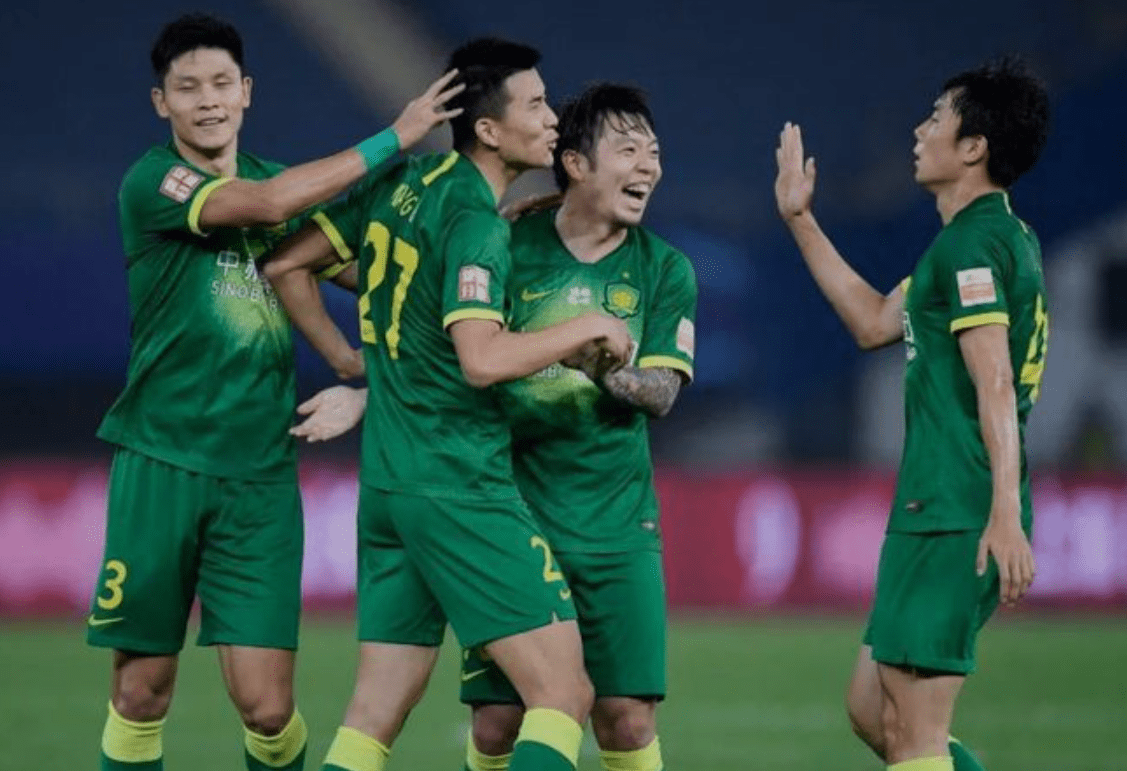In the world of football, there is an old saying that "good steel should be used on the blade," but the question is - is the blade sharp enough? The winter transfer operations of Beijing Guoan have once again become the focus of fans' attention, especially after the news broke that Liao, a product of Evergrande's youth training, and Wu Shaocong, a national team defender, are about to join. Many fans have already started to envision the passionate scene of the "rekindling of Gongti" in the new season. However, the question arises: can these two transfers enable Guoan to break away from the fate of "starting high and ending low" in the past few seasons and become a strong contender for the Chinese Super League (CSL) championship?

Let's start with Wu Shaocong. As a player who has played in the Turkish Super League, his name is not unfamiliar to domestic football fans. This young man is tall and has strong physical confrontation abilities, with solid performances on both the Turkish Super League stage and international competitions. More importantly, the experience he has accumulated overseas can be considered as the "stabilizing force" that Guoan's defense urgently needs.

In recent years, Beijing Guoan's defense has been jokingly referred to as a "shoddy project" by outsiders. In key matches, defensive errors often put the team at a disadvantage. The introduction of Wu Shaocong is undoubtedly an attempt to make up for this "weakness." He not only possesses top-level individual defensive skills but can also drive the growth of other young players through his rich experience abroad. In other words, he may be the "high-grade lubricant" in the "old machine" of Guoan's defense.

However, can the problem of the defense really be solved by one person? Football is a team sport, and the defensive system relies on the tacit cooperation and stable execution of the entire defensive line. Even if Wu Shaocong's personal ability is outstanding, if the team cannot keep up, it will be difficult for him to maintain the stability of the entire defense alone. Therefore, fans should not expect too much and need time to test his actual performance.

Next, let's talk about Liao. This excellent product of Evergrande's youth training is currently a hot new star in the domestic football circle. He is highly regarded by Guoan to fill the gap left by Chi Zhongguo's gradual decline. As a midfielder known for his running and coverage area, Liao possesses strong interception and ball distribution capabilities, which are exactly what Guoan's midfield lacks in attack and defense transitions.

In the past few years, Chi Zhongguo has undoubtedly been the "pillar" of Guoan's midfield. However, with age, his physical condition and field coverage have begun to decline significantly. More importantly, the midfield position is the "heart" of a football match, and once problems arise in its operation, the entire team's offensive rhythm and defensive efficiency will be affected. Liao's arrival can not only bring advantages in terms of physical fitness but also inject new vitality into Guoan's midfield with the tactical execution and match experience he has accumulated in Evergrande's youth training.

But then again, taking over from veterans has never been an easy task. Chi Zhongguo has served in Guoan for many years and has become a "spiritual leader" in the locker room, a role that data cannot reflect. Whether Liao can quickly integrate into the team and take on Chi Zhongguo's role depends not only on his personal ability but also on whether he can win the recognition of his teammates.

From a broader perspective, these two transfers actually reflect Guoan's overall layout under the new coach, Setien. Setien is known for his preference for possession play and high pressing tactics, which require a higher level of depth and flexibility in the team's lineup. Wu Shaocong's defensive capabilities in the back and Liao's interception capabilities in the midfield are precisely the two missing links in Guoan's current tactics.

For fans, Guoan's "strengthening" this time undoubtedly sends a signal - the team's goal for the new season is no longer just to stabilize in the middle ranks but to challenge for the championship. However, no matter how attractive the transfers are, they are only upgrades in paper strength, and the real test is whether they can be implemented in matches. As Setien's previous experience coaching Barcelona tells us, having tactical concepts and personal abilities alone is not enough; the team's cohesion and execution are the keys to success.
Speaking of Liao, we must mention Evergrande's youth training system. Over the years, Evergrande's youth training output can be said to be a breath of fresh air in Chinese football. From Wei Shihao to Gao Zhunyi, and now to Liao, their growth trajectories have proven the importance of youth training. For Evergrande, Liao's departure does not mean a loss but reflects the value of the youth training system - excellent players being transferred to other clubs can not only help them reach new heights but also create more opportunities for the youth training system.
This talent flow is also a manifestation of the gradual maturation of Chinese football. Through this "no letting the water flow to outsiders" model, various clubs have achieved a certain degree of optimization in resource allocation. However, this also poses higher requirements for the development of other clubs' youth training. How to allow more players like Liao to emerge from the youth training ranks is a question that Chinese football needs to deeply consider in the future.
From Guoan's perspective, this transfer is not only a power upgrade but also a challenge to competitors. In the past few years, the competitive landscape of the CSL has gradually solidified, with traditional strong teams like Evergrande and Shanghai SIPG firmly occupying advantageous positions. Guoan's move to introduce Liao and Wu Shaocong is clearly aimed at breaking this pattern.
On the other hand, this "arms race"-style transfer strategy may also put pressure on other teams and even trigger a chain reaction. It can be foreseen that with the success of Guoan's transfers, other CSL giants will inevitably accelerate their pace of strengthening. This healthy competition may raise the level of the entire league, but it may also further exacerbate the trend of "burning money."
Of course, these transfers are still in the rumor stage, and the official announcement has not yet been made. For fans, expectations can exist, but it's best not to get too excited. After all, the success or failure of competitive sports is never just about the lineup on paper but also requires the overall coordination and execution of the team.
In true matches, anything can happen. Even if the introduction of Liao and Wu Shaocong can enhance the team's strength in the short term, in the long run, Beijing Guoan still needs more solid foundational work to truly challenge for the CSL championship.
Football never has absolute answers, but its charm lies in those unknown possibilities. For Beijing Guoan, the addition of strong reinforcements may change the strength of a team, but more importantly, it ignites the expectations of every fan for the new season.